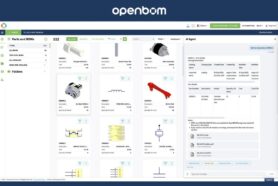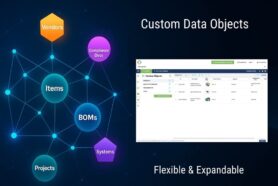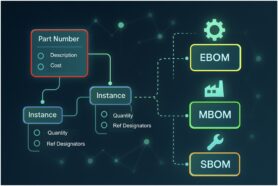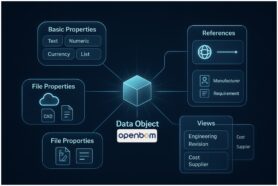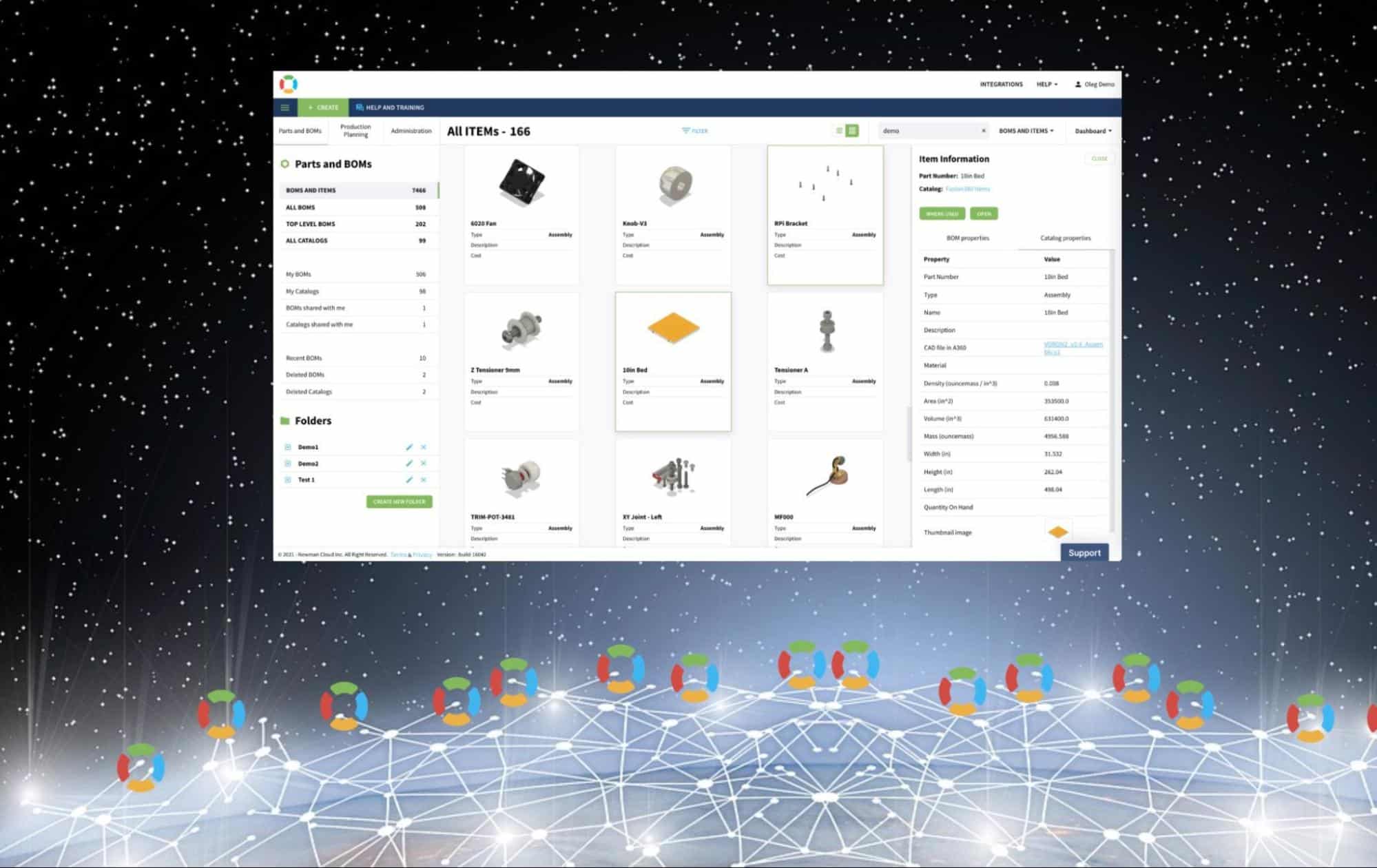
For the last few years, we’ve been growing OpenBOM’s online SaaS platform using agile development methods and customer-oriented product development processes. We’ve been guided by our vision to build an online product development platform and customer feedback has helped us prioritize a specific set of features, re-working unavoidable mistakes, scaling, and making it more mature during this time. In other words, we’ve been building the plane while flying it at the same time.
For the last few years, we have added a great number of customers to OpenBOM. If you haven’t checked it out recently, please check out the big list of OpenBOM user stories – these are amazing companies that use OpenBOM to manage their business in various ways – from automating sales, product data management, collaborations, production planning, and supply chain.
One of my favorite recent stories is from Austrian based Kapsch BusinessCom – OpenBOM Helps Kapsch BusinessCom To Manage Sales Process For Configurable Custom Developed Products Reducing Engineering Time by 30%
Here is my favorite passage –
“The templates allow us to prepopulate the standard product definition in the BOM, then scale and configure for our specific customer needs,” says Roland. “It greatly reduces errors, saves a tremendous amount of time, and ensures that we always provide an accurate pre-sale quote to the customer.”
“But we use OpenBOM for much more than a BOM calculation tool, we rely on OpenBOM to enforce our company standards and ensure pre-sales accuracy,” says Roland.
“With OpenBOM, we know all our costs, we know our margins and can reliably calculate our selling price.”
What does OpenBOM Do?
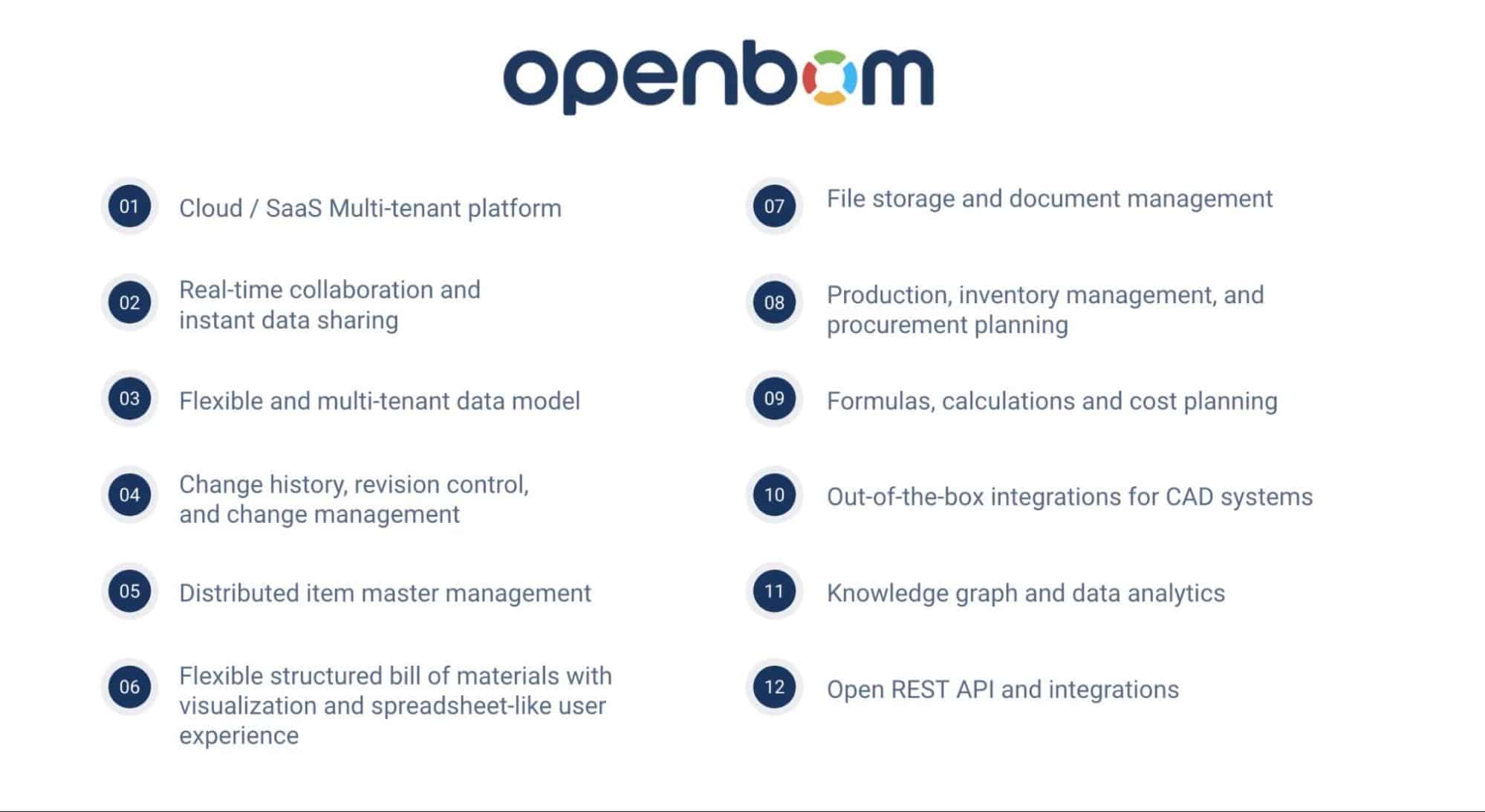
In my blog today, I’d like to share what the 12 pillars of OpenBOM’s platform are and the 5 top reasons why OpenBOM is different from other legacy PLM and ERP products as well as from other SaaS applications.
How OpenBOM Is Different?
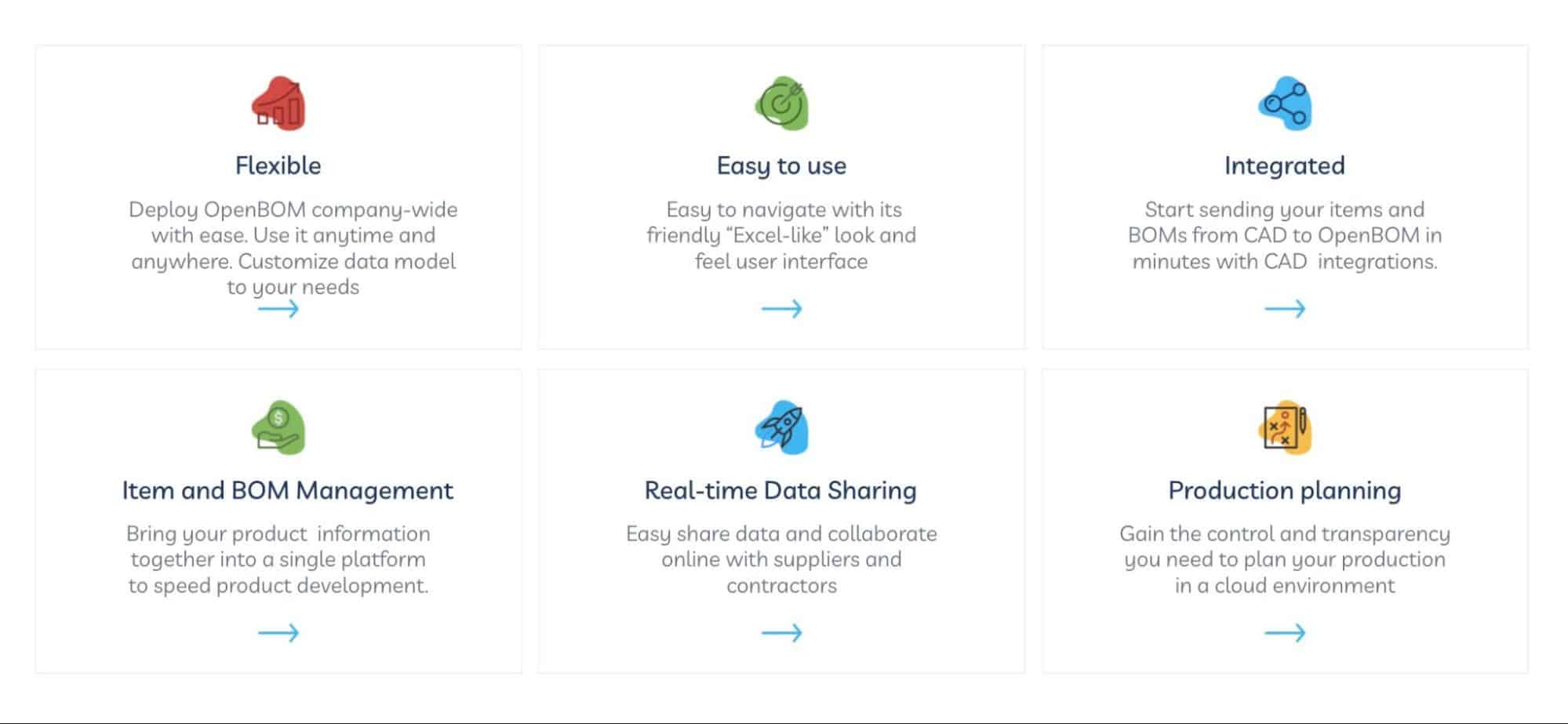
There are six things that makes OpenBOM uniquely positioned to provide value to organizations of any scale – from individual users to large Fortune 500 companies.
OpenBOM Slide Deck
Check out this slide deck- it will give you a more detailed view of what OpenBOM can do.
Conclusion
OpenBOM is a flexible global SaaS platform that uniquely combines flexible and robust data management, core PLML/ERP functionality, unique real-time data collaboration, and broad scope of integrations with design, engineering, and manufacturing software.
Check out what you can do with OpenBOM today. Register for free and start your 14-day free trial of OpenBOM’s features in professional, team, and company subscriptions.
Best, Oleg
Join our newsletter to receive a weekly portion of news, articles, and tips about OpenBOM and our community.




